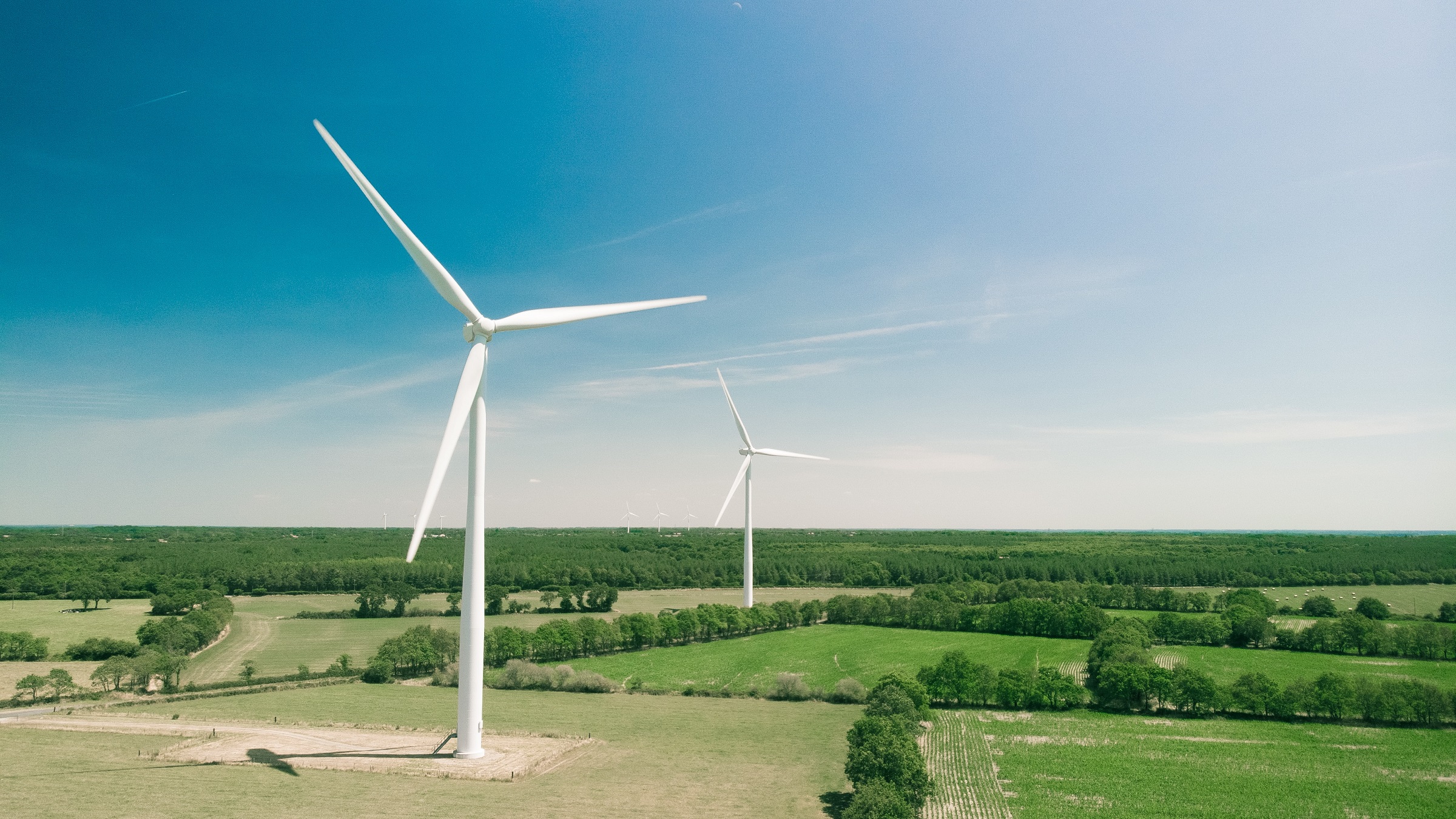On 22 February 2024, the UK government announced its intention to withdraw from the Energy Charter Treaty (ECT). Alejandro Garcia and Mark McMahon examine some of the potential implications of this development.
The UK Minister of State for Energy Security and Net Zero, Graham Stuart, explained this decision by saying: “The ECT is outdated and in urgent need of reform but talks have stalled and sensible renewal looks increasingly unlikely. Remaining a member would not support our transition to cleaner, cheaper energy, and could even penalise us for our world-leading efforts to deliver net zero.”
Background to the ECT
The ECT is a multilateral treaty signed in 1994 that entered into force in 1998. It has 50 states as signatories, including the European Union and its member states. The ECT was originally drafted with the primary goal of promoting investment from Western European economies into energy production in Eastern Europe following the dissolution of the USSR. More specifically, one of the goals of the ECT was to ensure Western European economies had access to a stable energy supply (chiefly hydrocarbons) from former USSR republics.
In summary, the ECT protects investments in the energy sector in two supplementary ways. First, it provides a number of substantive protections against state conduct that may be detrimental to relevant investments. Such protections include, for example, a prohibition against illegal expropriation and the obligation on the part of the host state to treat relevant investments fairly and, as concluded by several arbitral tribunals, provide a degree of regulatory stability. Second, the ECT envisages a neutral forum for enforcing such protections by allowing aggrieved investors to bring arbitration proceedings against a host state. In addition, under the ECT, aggrieved investors are entitled to full reparation. This means, in principle, that investors can claim sunk costs and projected lost profits over a project’s lifespan. The ECT has long been the focal point for international investment disputes, especially those involving EU member states.
Like most legal instruments, the ECT is a product of its time. The focus at the time of its negotiation, not surprisingly, was on hydrocarbons. This said, the term “energy” within the meaning of the ECT was defined broadly. Thus, the ECT also protects investments in the renewable energy sector. It is, therefore, not a coincidence that official ECT statistics reveal that most claims under the ECT to date have related to renewable energy (94 cases), followed by fossil fuels (54 cases). In cases involving renewable energy, which often arise from alleged abrupt changes to the regulatory regime, approximately EUR 1.3 billion of damages have been awarded. The figure is relatively similar in respect of awards involving fossil fuels disputes, ie approximately EUR 1 billion, if the Yukos awards are not taken into account. (In Yukos, approximately EUR 40 billion were awarded to the majority shareholders of Yukos Oil Company in arbitral proceedings pursued under the ECT against Russia.)
Over the past decade, the ECT has witnessed mounting disapproval by some voices who consider that this treaty limits the scope of what states can do to speed up the transition to cleaner sources of energy.
In response to criticisms that the ECT was not in line with the global energy transition, efforts to amend the ECT have been underway for years. Such efforts culminated in a two-year negotiation process in which the UK played a crucial role in brokering a major agreement in 2022. For the purposes of the guarantees afforded to relevant investments, the key goals were to address concerns about the impact of the ECT on climate mitigation efforts and update the investment protection provisions considering the growing complexity of the international investment regime.
The proposed modified ECT aimed to preserve existing protections, while containing an optional “flexibility mechanism” allowing ECT contracting parties to exclude from protection fossil fuels within their territories. The proposed modified ECT also sought to keep pace with the transition towards cleaner energy sources, notably extending safeguards to include renewable technologies such as carbon capture, utilisation and storage (CCUS) and hydrogen. However, the compromise regarding fossil fuels was criticised as insufficient to align the ECT with necessary climate mitigation efforts.
Despite the efforts to amend the ECT, a deadlock ensued, precipitating the withdrawal of nine EU member states (France, Germany, Poland, Spain, Slovenia, the Netherlands, Denmark, Ireland, and Portugal).
The failure to secure the adoption of the reforms to the ECT stemmed from the inability of governments to reach a consensus, with the EU falling short of obtaining majority support from its member states for the proposed amendments.
The reform process has since stalled, and no further progress has been made in relation to the amended text. In its announcement concerning the UK’s exit from the ECT, the UK government stated that “the European Parliament elections in 2024 mean modernisation could now be delayed indefinitely”.
Effects of the UK’s withdrawal from the ECT
In announcing the UK’s withdrawal from the ECT, the UK government based its decision on the failure of efforts to align the ECT with net-zero emissions targets. Critics of the ECT have called the UK’s announced exit a crucial win in the broader campaign to dismantle the ECT. Environmental campaigners commend the UK’s decision, highlighting the ECT’s perceived adverse effects on the UK’s climate agenda.
However, as mentioned above, there are divergent viewpoints regarding the framing of the ECT debate, given that investments in renewable energy account for the majority of ECT cases, which the mainstream discourse appears to sidestep.
The effects of the UK’s withdrawal from the ECT will not take place immediately. The UK’s withdrawal from the ECT takes effect one year after receipt of the notification of withdrawal by the ECT’s Depository.
Even once the UK has officially withdrawn from the ECT, it does not mean the end of all claims against the UK or by UK investors under the ECT. Article 47(3) of the ECT (known as a “sunset clause”) provides that following withdrawal, the ECT’s provisions continue to apply as of the date of the withdrawal “for a period of 20 years from such date”. This means that any eligible investments made in the UK before the UK’s withdrawal takes effect will continue to be entitled to the protections set out in the ECT for 20 years after withdrawal. For example, even though Italy withdrew from the ECT in 2016, it continues to face claims under the ECT due to the sunset clause.
To combat the implications of the sunset clause, several EU member states have argued that intra-EU disputes (ie proceedings between an investor from an EU state and an EU member), which represent a large number of ECT disputes, are incompatible with EU law. In fact, the European Court of Justice’s decision in Komstroy ruled that intra-EU disputes under the ECT are incompatible with EU law, leading to several EU domestic courts declining enforcement on this basis.
However, intra-EU issues should not arise vis-à-vis cases involving the UK, given that the UK is no longer a member of the EU. This means that claims involving EU member states and UK investors and vice versa under the ECT could continue to be made (and ECT awards enforced) while the sunset clause is in effect.
In the long term, the potential opportunities afforded by the UK being a signatory to the ECT and no longer a member of the EU are now lost. After Brexit, the UK was in a prime position to offer prospective investors (in EU member states still a contracting party to the ECT) a safe haven to structure their investments with a view to securing the significant protections afforded by this treaty in a non-intra-EU setting.
***
If you have any questions regarding this topic, we would be happy to speak to you.
For more information concerning international treaty protection, please click here.
You can find further information regarding our expertise, experience and team on our International Arbitration page.
If you require assistance from our team, please contact us.
Subscribe – In order to receive our news straight to your inbox, subscribe here. Our newsletters are sent no more than once a month.





